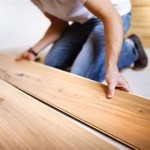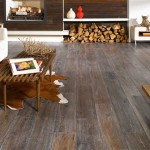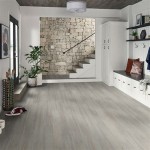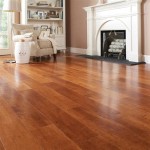What You Need to Know About Rubber Flooring in Bathrooms
Rubber flooring has grown in popularity as a choice for bathroom flooring because of its durability, comfort, and water resistance. However, before you decide if rubber flooring is suitable for your bathroom, it is crucial to have a thorough understanding of its advantages and disadvantages.
Advantages of Rubber Flooring in Bathrooms
1. Waterproof:
The most significant advantage of rubber flooring is its waterproofing capability. Unlike other flooring materials that can absorb water, rubber flooring is completely waterproof, making it an excellent option for bathrooms. This feature prevents water damage to the subfloor and surrounding areas.
2. Durable:
Rubber flooring boasts exceptional durability and can withstand heavy foot traffic, making it suitable for areas with frequent use. It is resistant to wear, scratches, and dents, ensuring a long-lasting flooring solution for your bathroom.
3. Comfort:
Rubber flooring provides a comfortable and forgiving surface underfoot. Its cushioning effect reduces stress on joints and muscles, making it an excellent choice for bathrooms where you spend extended periods standing.
4. Slip-Resistant:
Rubber flooring has natural slip-resistant properties, providing a safe surface in bathrooms where water can create slippery conditions. This safety feature is essential for bathrooms, especially for households with young children or elderly individuals.
5. Easy Maintenance:
Rubber flooring is exceptionally easy to maintain. Regular sweeping, mopping, or vacuuming is sufficient to keep it clean. It is also resistant to stains and chemicals, making it suitable for use in bathrooms where cleaning is essential.
Disadvantages of Rubber Flooring in Bathrooms
1. Cost:
Rubber flooring can be more expensive than other flooring options, such as vinyl or ceramic tile. However, its durability and ease of maintenance can make up for the higher upfront cost in the long run.
2. Smell:
Some rubber flooring products may emit a slight odor during installation. This odor usually dissipates over time, but it is important to ventilate the area well during the installation process.
3. Color Fading:
Rubber flooring can be susceptible to color fading over time, especially if exposed to prolonged sunlight. However, this can be minimized by choosing darker colors or using UV-resistant coatings.
4. Coldness:
Rubber flooring can feel cold underfoot, especially during the colder months. This can be addressed by installing radiant floor heating or using rugs to add warmth.
5. VOCs:
Some rubber flooring products may emit volatile organic compounds (VOCs). These chemicals can affect indoor air quality. Opt for low-VOC or VOC-free rubber flooring options to minimize health concerns.
Additional Considerations for Rubber Flooring in Bathrooms
* Choose rubber flooring with a non-porous surface to prevent water absorption. * Use a sealant or coating to enhance the waterproofing capabilities and protect against staining. * Install a drainage system to prevent standing water on the rubber flooring. * Consider using rubber flooring tiles instead of sheets to allow for easy replacement if any damage occurs. * Regularly clean and maintain the rubber flooring to prolong its durability and aesthetic appeal.
Residential Rubber Flooring Tiles Rolls Mats Home Pros

Rubber Flooring For Your Bathroom The Group

Residential Rubber Flooring Tiles Rolls Mats Home Pros

The Best Adhesive Rubber Flooring Installation Polymax Blog

Grey Rubber Floor Grid Design Hemingway For Harvey Maria

10 Rooms With Rubber Flooring Decoist

Rubber Bathroom Flooring Vinyl Alternative Non Slip

Bathroom Flooring Ideas Cushioned

7 Things You Didn T Know About Rubber Flooring Bathroom Interior Design

Decor Sourcebook Rubber Flooring Lobster And Swan
See Also







